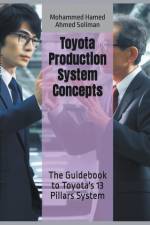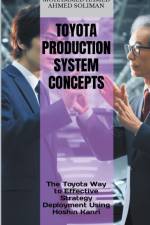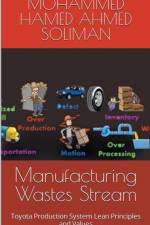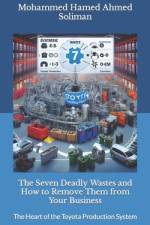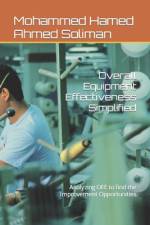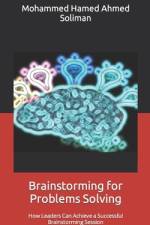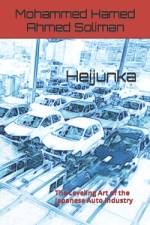- The Guidebook to Toyota's Corporate Strategy and Leadership - Series Books 1 to 6
av Mohammed Hamed Ahmed Soliman
297
First Chapter is about hoshin kanri. Lean strategy deployment is still an emerging research topic addressed by only a limited number of references. Some of these references have explained Hoshin Kanri as a tool for strategic management and planning to achieve the goals and they explain how the method aligns corporate strategic objectives as defined and managed by senior managers (at the strategic level) with the plans and activities of middle management and teams (tactical level) and the work done by the employees (operational level). This process is called catching balls, as all three levels of management must negotiate back and force until they agree about the goals and the action plans. However, catching balls is just one aspect of Hoshin Kanri. What is usually miss is the philosophy and the culture which are the most important parts for a successful Hoshin Kanri process across the organization. This book is closing this gap. Second Chapter is about how to create Mission, Strategies, and Values that fit with company's vision statement. Toyota's management and leadership structure is built around five basic values. Third Chapter is a bout Gemba. Genchi genbutsu is the Toyota way of thoroughly understanding a situation by personally observing and confirming information or data at the place where the situation is happening. For instance, when someone in charge is trying to figure out a problem, they will go to where the work is being done and watch how it's being done. They will also talk to the people doing the work to make sure the information is correct and to understand what's going on. They won't only trust information from a computer or from other people. This rule applies to both high-level leaders and lower-level supervisors. In simple words, genchi genbutsu in Japanese means "go and see" but it directly translates to "real place and real thing. " Forth Chapter is about PDCA. Continuous improvement, also called "Kaizen," means always trying to make things better. It involves making small, gradual changes to processes, systems, and activities in order to keep improving them over time. The aim of getting better constantly is to get rid of unnecessary things and make things go smoother, be better, and make customers happier. Many people wrongly believe that plan-do-check-act (PDCA) is a cycle for improving things without considering the involvement of people. If you only make the process better without developing and teaching your people, you risk the process regressing. Fifth Chapter is about Developing Lean Leaders. At first, Taiichi Ohno, who helped create the Toyota Production System, didn't want to write it down because he was afraid people would only pay attention to the tools and theories. When he finally wrote it down, he described it as a house because a house can be considered as a system. If you remove any supports holding up the roof, the roof and everything connected to it will fall down. One of the students of Ohno said that Toyota made a mistake when they named it the Toyota Production System. Instead, Toyota should have named it the Thinking Production System because the main purpose was to encourage people to think, and people are the most important part of the system. Sixth Chapter is about Lean Culture, Improvement & Coahcing Kata and the Motivational System. Management has the important job of teaching and helping people get better. But they also need to give support, listen, motivate, give power, and give challenges. If you want people to do what you want them to do and do it well and passionately, you have to find the way to encourage and motivate them.











